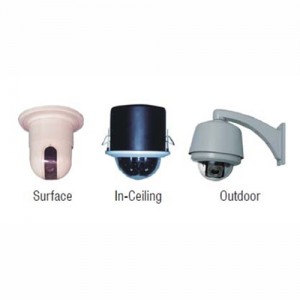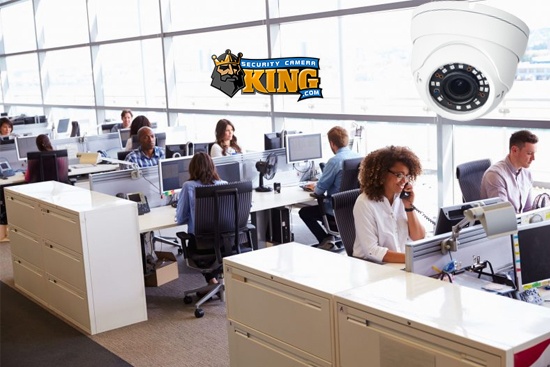 USB security cameras are both affordable and easy to install which makes them an ideal choice for security and surveillance monitoring both in the home and at the office, especially if you are not interested in buying a full system. USB security cameras utilize a personal computer as part of the security system instead of a Digital Video Recorder or DVR.
USB security cameras are both affordable and easy to install which makes them an ideal choice for security and surveillance monitoring both in the home and at the office, especially if you are not interested in buying a full system. USB security cameras utilize a personal computer as part of the security system instead of a Digital Video Recorder or DVR.
“USB” is a computer acronym that stands for Universal Serial Bus. These cameras require a coaxial cable or similar cabling for transmitting their video images to a processor or personal computer. They do this via the personal computer’s USB plug.
Most USB security cameras do not come with a PCI card that can do most of the processing work for the computer. Instead the USB security camera relies fully on the processing power and storage capacity of the personal computer. Often a CODEC or COmpression/DECompression software or circuitry is used to reduce the size of the digital video file while maintaining high video quality. On a PCI based USB system the CODEC(s) might be hardwired onto the card in the form of an Integrated Circuit (IC) chip. Most of the time USB security cameras run straight off the computer so the CODEC is usually programmed in the software that must be loaded onto the computer before you plug in the camera.
USB security cameras utilize the USB port on a personal computer to connect to the computer. In addition, they normally come with software that processes the digital video signal and allows you to use your computer as the processor/CODEC device, monitor, and DVR storage unit. As you can see, this not only makes these systems easy to install, but reduces the cost by eliminating the expense of purchasing an additional processor, monitor, and DVR.
The computer monitor can be used to view the video, either live or from stored digital files. The DVR is just like the personal computer’s hard drive disk, so the computer’s hard drive can be used to store the files. If archiving or transferring the files is necessary, you can use your personal computer’s CD/DVD writer or USB flash drive to copy the files.
USB security cameras provide video at the same resolutions available as stand- alone units. Cameras normally capture video in full color under visible light conditions and in black and white or monochromatic under infrared light recording.
The cameras in this system use either a Charged Coupled Device or CCD or a Complimentary Metal-Oxide Semiconductor (CMOS) to capture the light transmitted through the lens into electrical energy. This energy can be interpreted and converted into high quality video. Due to modern technological advances, these sensors can be highly sensitive to light and produce images in very low light conditions. In addition, CCDs and CMOSs are inherently sensitive to near infrared radiation which makes them excellent for use as night vision infrared video cameras. The camera sees the infrared light, normally produced by infrared Light Emitting Diodes or LEDS, but humans cannot see this light at all.
A USB security camera has lot’s of benefits, but they all come at one huge cost. Regardless of the processor speed and storage capacity on the hard disk, USB video capture really taxes the resources of the computer. It may be difficult to even try using to USB security cameras because of the load placed upon the computer’s processor.
Typically you won’t see this happen on a security camera system because the processors are made specifically to handle the type of digital processing that digital video requires. Plus, there are no other high-demand functions for the DVR processor. When using a USB security camera on a computer it may require so much of the computer’s resources that the computer can do nothing else (like check e-mail for example).
So in conclusion the choice is yours. Purchase a complete system with cameras, DVR, etc. or go the cheaper route and purchase a USB security camera which could consume your computer during use.











